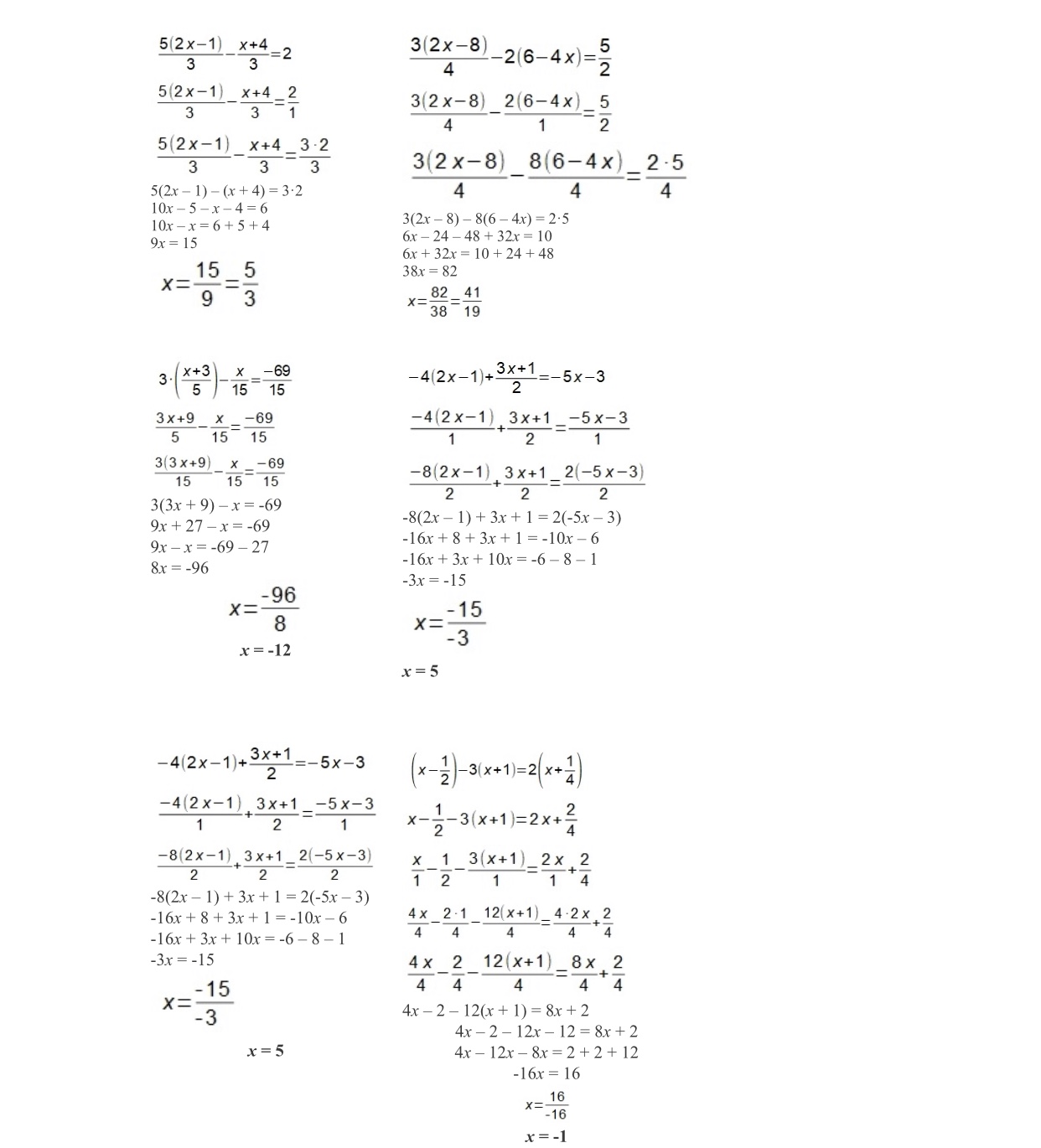Unlocking the Power of Linear Equations: Your Guide to Solving Life's Mysteries
Imagine you're trying to figure out how many cookies you can buy with your allowance, or how long it will take to get to your friend's house on your bike. These everyday puzzles, and countless others, can be solved with the help of a fascinating tool from the world of mathematics: linear equations.
Often called first-degree equations, these mathematical expressions might sound intimidating at first, but don't let the terminology scare you. Think of them as simple balancing acts. Just like a seesaw needs equal weight on both sides to stay level, a linear equation expresses that two things are equal.
The beauty of linear equations lies in their simplicity and versatility. They provide a framework for representing relationships between different quantities and help us find missing information. Whether you're calculating expenses, predicting future growth, or even designing a building, understanding linear equations gives you a powerful lens for understanding the world around us.
The story of linear equations stretches back centuries, with roots in ancient civilizations like Babylonia and Egypt. These cultures developed methods for solving practical problems involving land measurement, trade, and construction – all using the fundamental principles that underpin linear equations. Over time, mathematicians refined these methods, leading to the development of algebra as we know it today.
One of the key figures in the development of linear equations was the Persian mathematician Muhammad ibn Musa al-Khwarizmi, whose work in the 9th century laid the foundation for modern algebraic techniques. The word "algebra" itself originates from the title of his influential book, "The Compendious Book on Calculation by Completion and Balancing."
Let's look at a straightforward example. Suppose you're buying apples and oranges for a picnic. Each apple costs $0.50, and each orange costs $0.75. You have a budget of $5.00. A linear equation can help you figure out how many of each fruit you can buy. If 'x' represents the number of apples and 'y' represents the number of oranges, the equation would look like this: 0.50x + 0.75y = 5.00. This equation reflects the total cost of apples plus the total cost of oranges equaling your budget.
While this is a basic example, it highlights the core concept of linear equations: representing relationships between variables to solve for unknown values. By manipulating the equation, you can isolate either 'x' or 'y' to determine how many apples or oranges you can buy within your budget.
The applications of linear equations extend far beyond grocery shopping. They're used in physics to calculate speed and distance, in finance to model interest rates, and in countless other fields where understanding relationships between variables is essential. In our increasingly data-driven world, the ability to formulate and solve linear equations has become a valuable skill across various professions.
Advantages and Disadvantages of Linear Equations
| Advantages | Disadvantages |
|---|---|
| Simple to understand and apply | Limited in representing complex relationships |
| Wide range of applications in various fields | Assumes a linear relationship between variables, which may not always be accurate |
| Provides a foundation for learning more advanced mathematical concepts | Can be challenging to solve when dealing with a large number of variables |
From ancient civilizations to modern technology, linear equations have played a crucial role in shaping our understanding of the world. Whether you're a student grappling with algebra homework or a professional analyzing data, mastering these fundamental mathematical tools empowers you to tackle complex problems with confidence and make sense of the intricate relationships that surround us. So, embrace the power of linear equations and unlock a new level of understanding in your everyday life.

ecuaciones de primer grado | YonathAn-Avis Hai
ecuaciones de primer grado | YonathAn-Avis Hai

ecuaciones de primer grado | YonathAn-Avis Hai

ecuaciones de primer grado | YonathAn-Avis Hai

ecuaciones de primer grado | YonathAn-Avis Hai

ecuaciones de primer grado | YonathAn-Avis Hai

ecuaciones de primer grado | YonathAn-Avis Hai

ecuaciones de primer grado | YonathAn-Avis Hai

ecuaciones de primer grado | YonathAn-Avis Hai

ecuaciones de primer grado | YonathAn-Avis Hai

ecuaciones de primer grado | YonathAn-Avis Hai

ecuaciones de primer grado | YonathAn-Avis Hai

ecuaciones de primer grado | YonathAn-Avis Hai

ecuaciones de primer grado | YonathAn-Avis Hai

ecuaciones de primer grado | YonathAn-Avis Hai